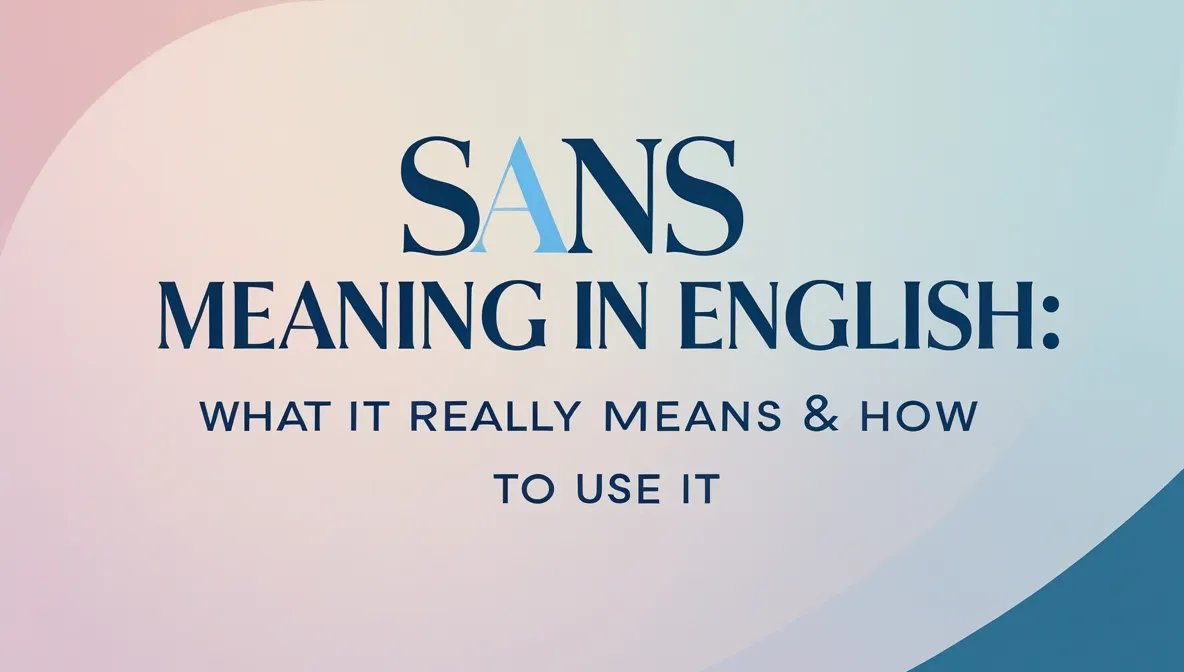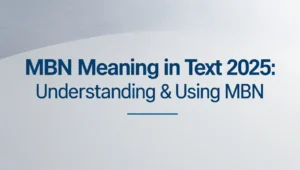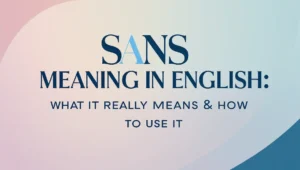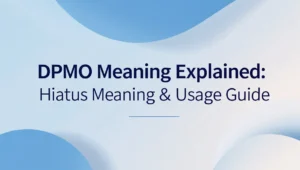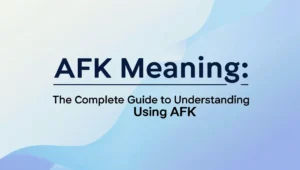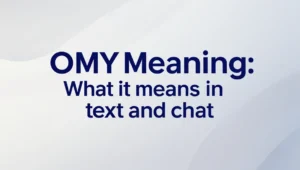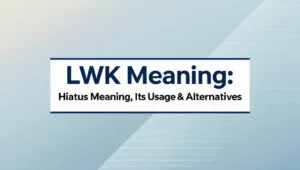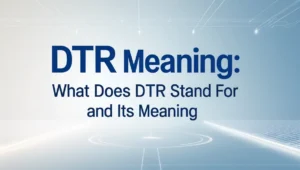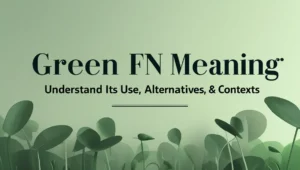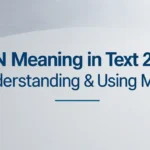Understanding the Word “Sans” in Modern English
You might have come across the word “sans” in a sentence or social media post and paused for a moment. It’s not a word you hear every day in casual conversation, yet it shows up in both formal writing and quirky modern slang. So, what is the “sans meaning in English” exactly, and how should you use it? Surprisingly, it’s a small word with a rich background and a surprisingly flexible role in modern language. If you’ve ever wondered what does sans mean, you’re about to find out everything — from its origins to how to use it like a language pro.
What Does “Sans” Mean in English?
The word “sans” is a preposition that means “without.” It comes from Old French and was borrowed into Middle English around the 14th century. Today, it’s still used in formal contexts and increasingly in informal writing, especially when someone wants to sound clever, ironic, or stylish.
For example:
- “He arrived at the party sans invitation.”
- “A coffee sans sugar, please.”
- “She posted a selfie, sans makeup and filters.”
In every case, “sans” simply replaces “without” — but adds a slightly more literary or dramatic tone. So if you’re asking what does sans mean, the simple answer is: it’s a fancy or stylish way to say “without.”
Origins and Historical Use of “Sans”
The word “sans” traces back to Old French, derived from the Latin phrase sine, which also means “without.” During the Middle Ages, English absorbed many French words due to the Norman influence, and “sans” was one of them. Though it was used more often in earlier forms of English, like in Shakespearean plays (e.g., “sans teeth, sans eyes, sans taste, sans everything” from As You Like It), it faded from daily use for a while.
However, in modern times, “sans” has made a comeback — not as common as “without,” but as a stylistic choice to create tone, irony, or sophistication.
How to Use “Sans” in a Sentence
Now that you know the sans meaning in English, let’s explore how to actually use it properly. “Sans” should always replace the word “without” in a sentence. It is followed directly by the noun or phrase it’s modifying, and it doesn’t require “a” or “the” before the next word.
Here are some examples:
- Correct: “I prefer my burgers sans onions.” Incorrect: “I prefer my burgers sans the onions.”
- Correct: “She walked out of the house sans coat, even in the snow.” Incorrect: “She walked out of the house sans a coat.”
- Correct: “Minimalist design is all about clean lines, sans clutter.” Incorrect: “Minimalist design is about clean lines, sans any clutter.”
Using “sans” gives your sentence a touch of flair or sophistication, and it’s often used in humorous or stylish writing to add personality.
Modern Usage of “Sans” in Pop Culture and Design
While the word may be centuries old, “sans” is incredibly modern in its current usage. It shows up in a few popular contexts:
- Graphic Design & Fonts: You’ve likely heard of “sans-serif” fonts like Arial or Helvetica. The term means “without serif” — serif being the little decorative lines at the ends of letters. In this context, “sans” is technical and widely accepted.
- Social Media & Hashtags: You might see posts like “Monday mood: coffee sans meetings ☕” or “Vacation sans responsibilities = heaven.” These uses are often playful and ironic, especially among younger audiences.
- Fashion & Lifestyle Writing: Phrases like “effortless elegance sans over-accessorizing” or “beauty sans filters” have become common in blogs, magazines, and influencer captions.
This shows that “sans” isn’t just a stuffy literary word anymore — it’s a versatile, stylish tool to add tone and nuance to modern English.
Sans vs. Without: What’s the Difference?
Let’s be clear: “Sans” and “without” mean the same thing, but the tone is different.
- Use “without” in everyday, formal, or professional writing.
- Use “sans” when you want to sound ironic, witty, dramatic, or poetic.
For example:
- “The report was submitted without the final section.” (Straightforward)
- “An all-nighter, sans caffeine? Bold choice.” (Playful or dramatic)
So, if you’re writing an email to your boss, “without” is safer. If you’re writing a blog, tweet, or creative essay — “sans” could be the spice you’re looking for.
Common Mistakes When Using “Sans”
Although it’s simple in meaning, many people misuse “sans” by combining it with articles or phrases that don’t fit.
Avoid these mistakes:
- Saying “sans the [noun]” (Just say “sans [noun]”)
- Using it in formal legal or academic writing (Too casual or stylish)
- Using it when the tone of your writing is very serious (It might sound off or sarcastic)
When in doubt, read the sentence aloud. If it sounds dramatic, creative, or stylish, “sans” probably works. If it sounds awkward, stick with “without.”
FAQs About Sans Meaning in English
Q1: Is “sans” still used in modern English? Yes, “sans” is used in modern English, especially in creative writing, design, pop culture, and social media. While it’s not common in everyday conversation, it adds a clever or stylish touch when used correctly.
Q2: Can I use “sans” in formal writing? Not usually. “Sans” is considered informal or literary. It’s great for blogs, essays, or social posts, but it’s best to use “without” in professional or academic settings.
Q3: What’s the origin of the word “sans”? “Sans” comes from Old French and was adopted into Middle English. It originally meant “without,” which remains its meaning today.
Q4: Is “sans” the same as “sans-serif” in fonts? Yes, the term “sans” in “sans-serif” means “without.” A sans-serif font is one that doesn’t have the small decorative strokes (serifs) at the ends of letters.
Q5: Can “sans” be used in everyday conversation? Technically yes, but it might sound a little dramatic or humorous. Most people use it more in writing than in speech — but if you use it right, it can add personality to your conversations.
Conclusion: Should You Start Using “Sans”?
The answer is a stylish yes — but only if the context is right. Understanding the sans meaning in English gives you more than just a vocabulary word; it gives you a way to infuse tone, style, and personality into your writing. Whether you’re working on a clever blog post, a design caption, or a tweet dripping with sarcasm, “sans” adds flair in a way “without” just can’t match.Just remember to keep it clean, creative, and contextually appropriate. So next time you’re sipping a latte sans sugar or rocking a weekend look sans stress, you’ll know exactly how to express it — with a touch of class.

